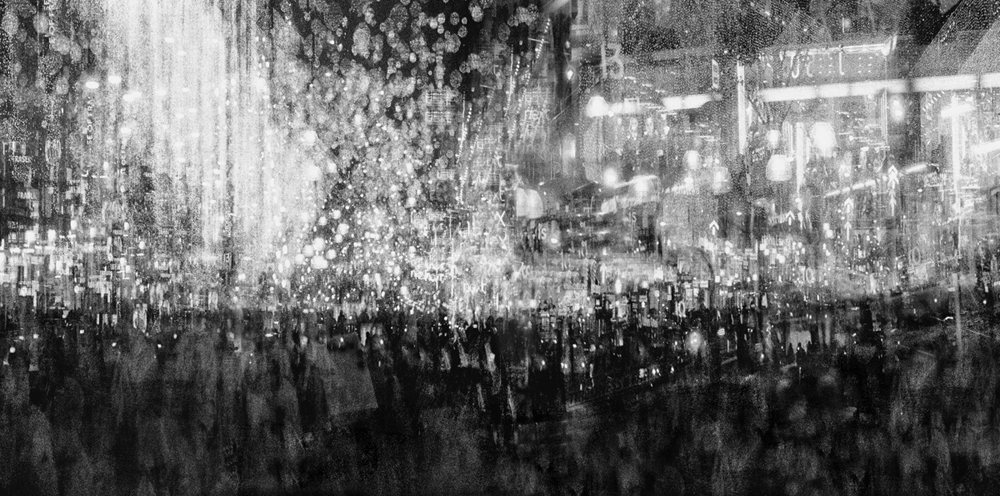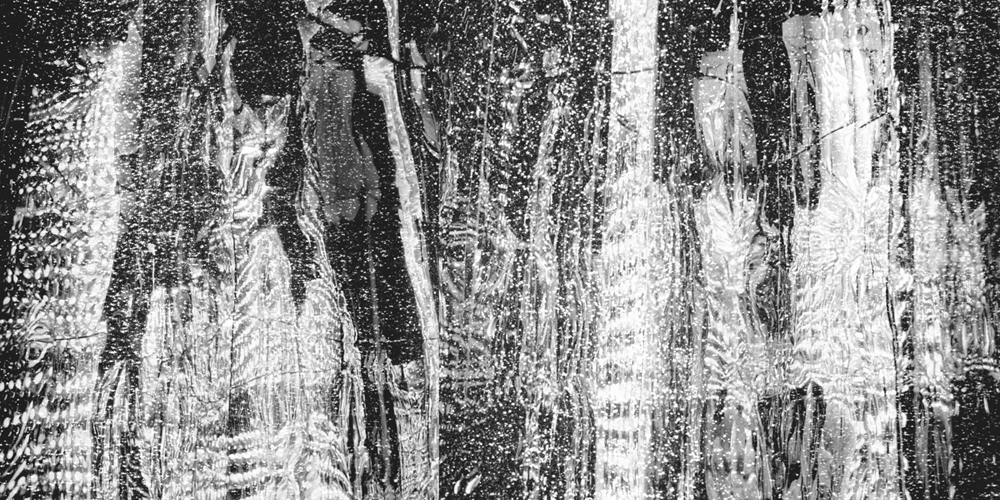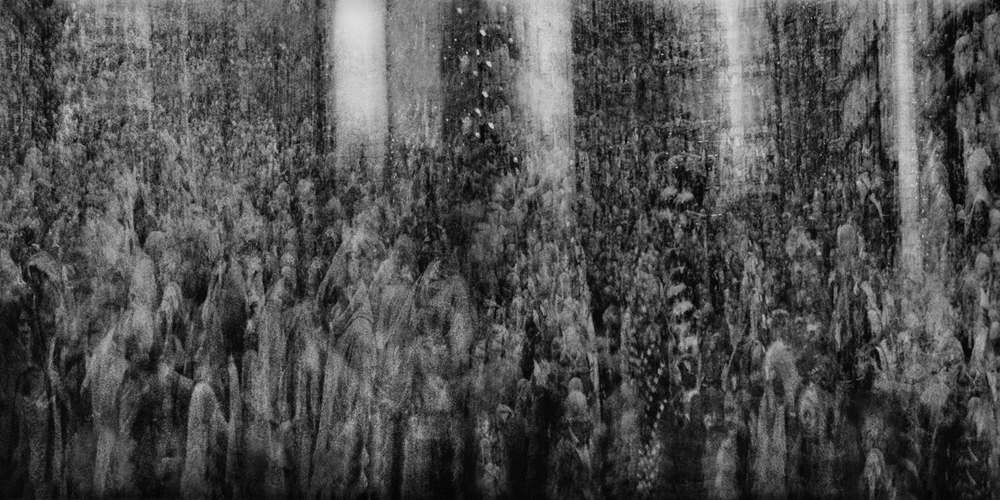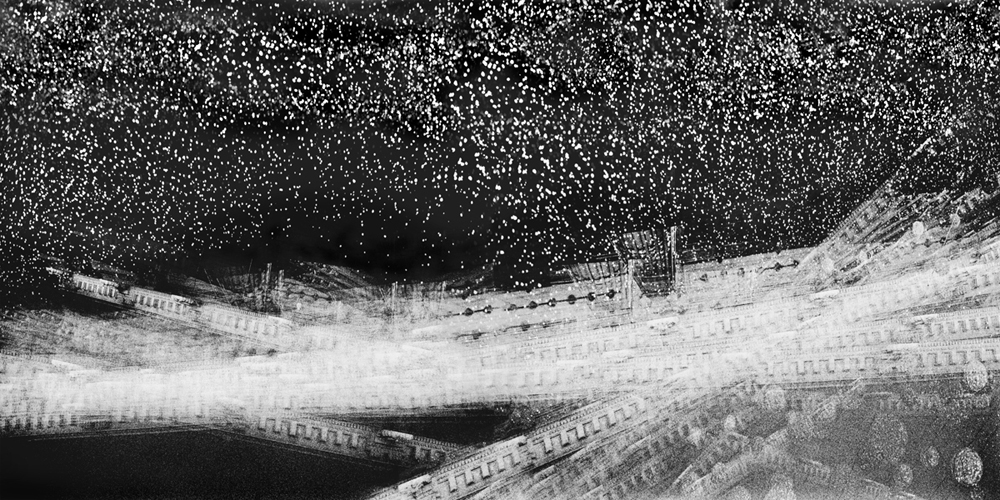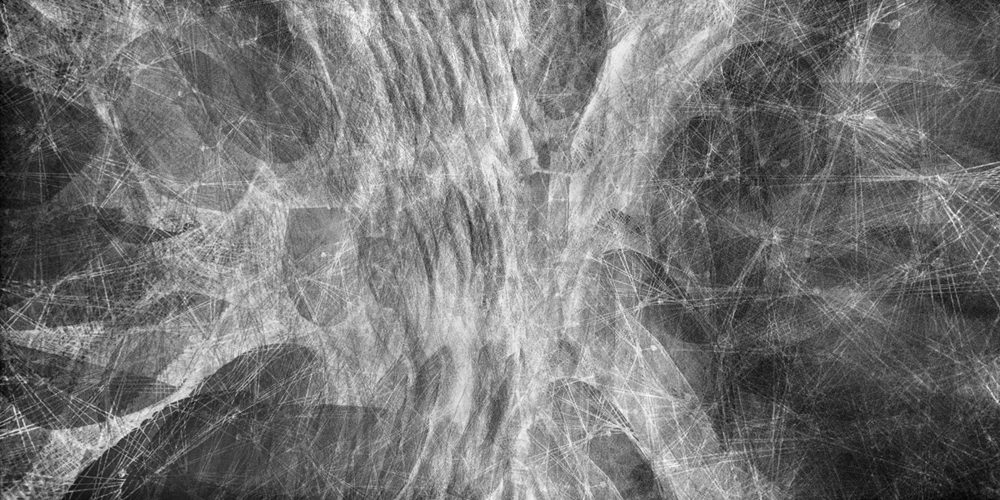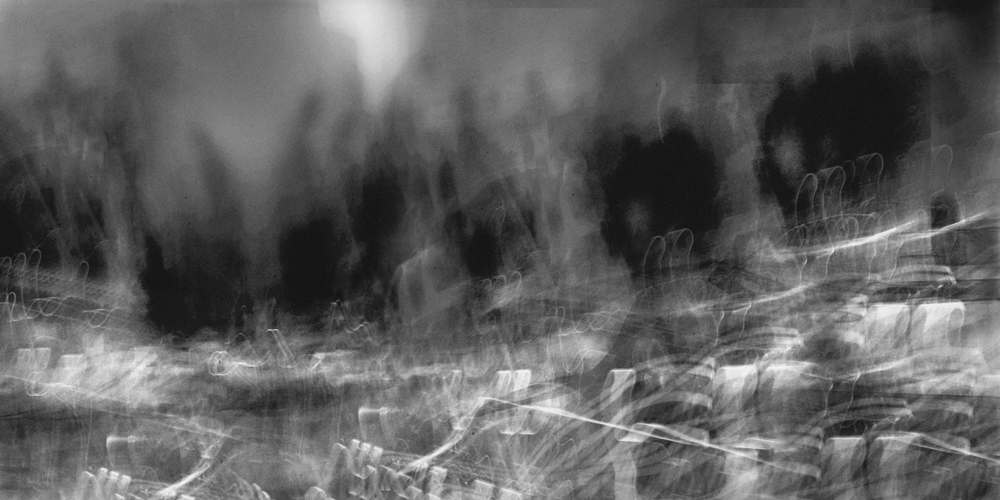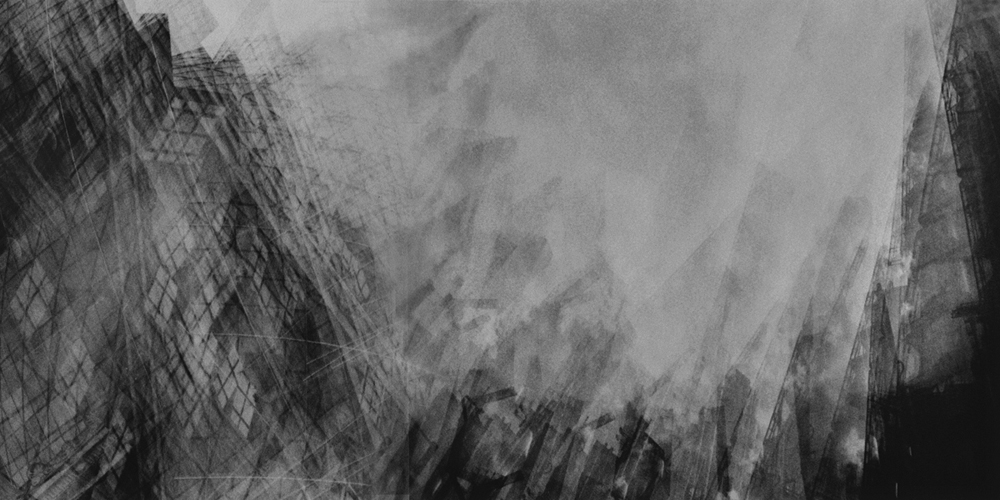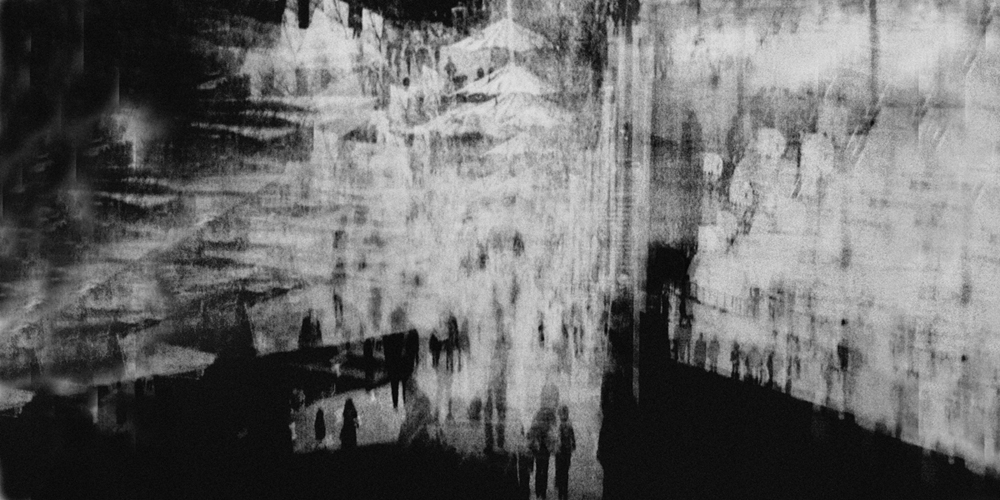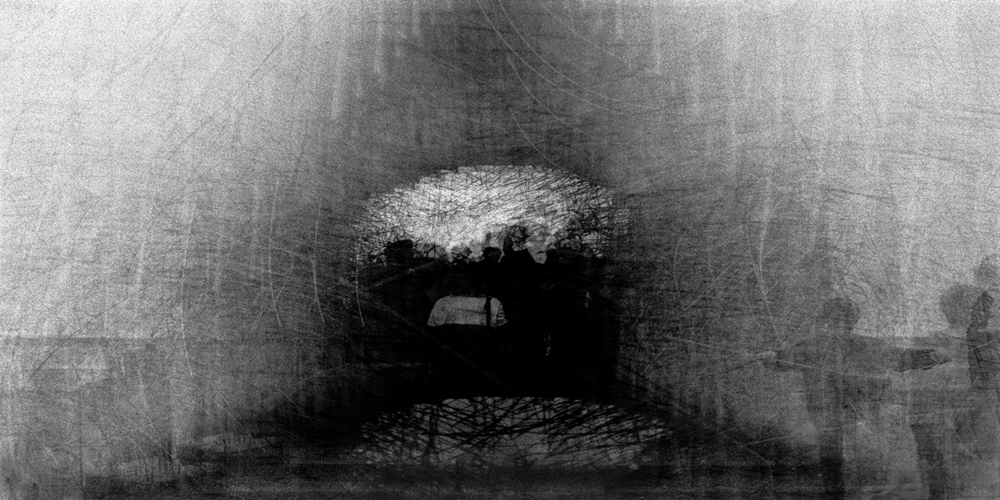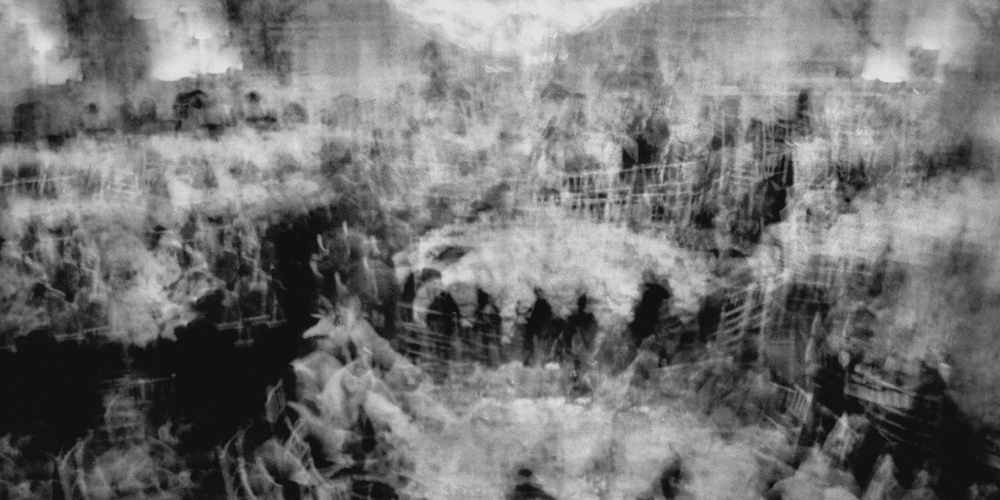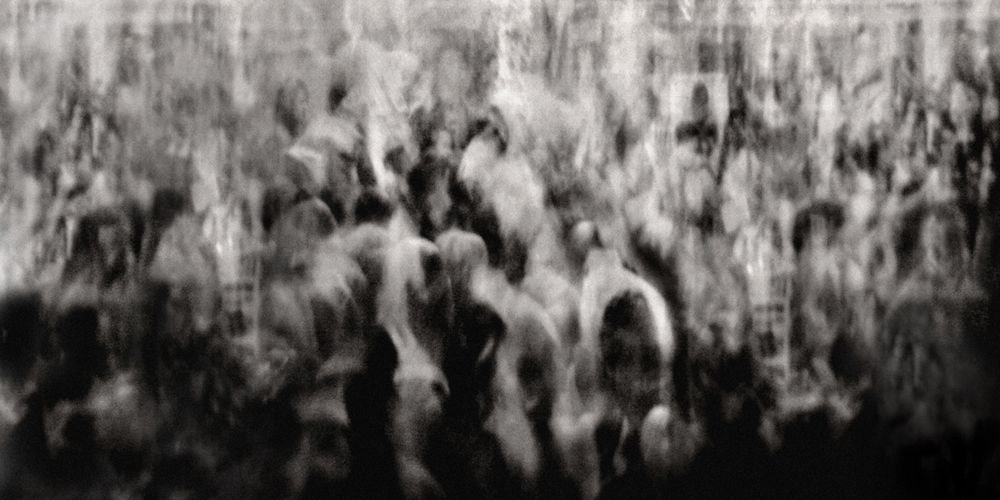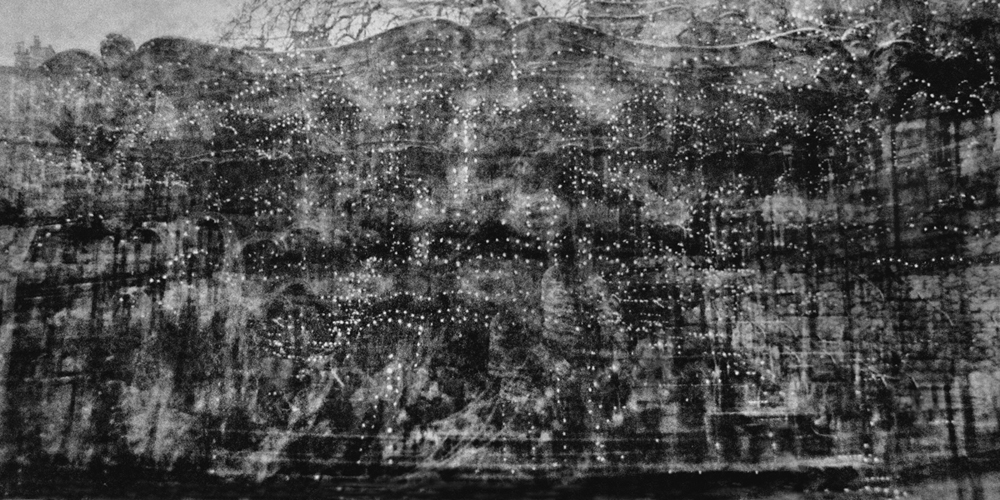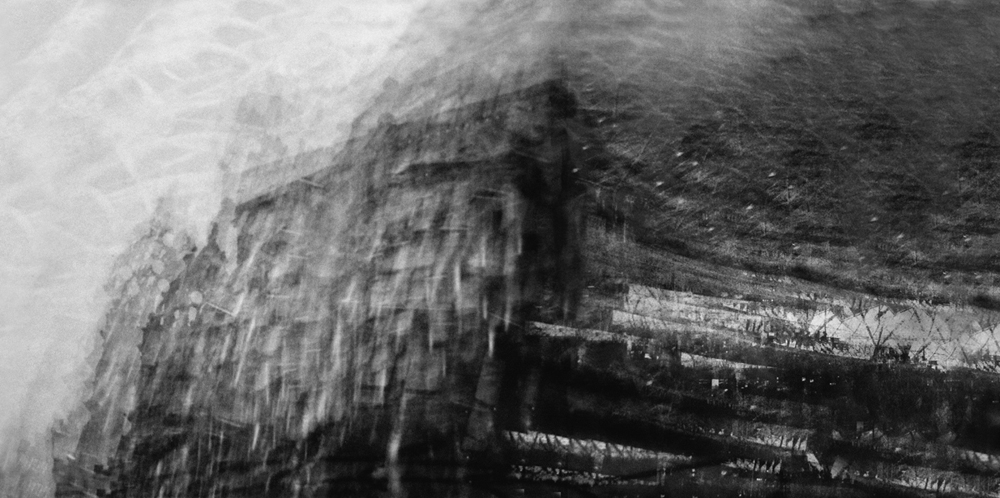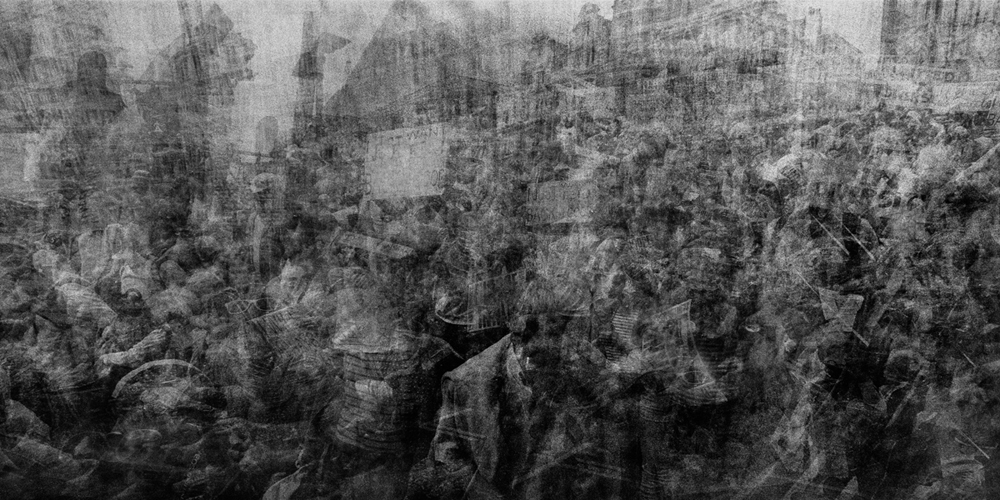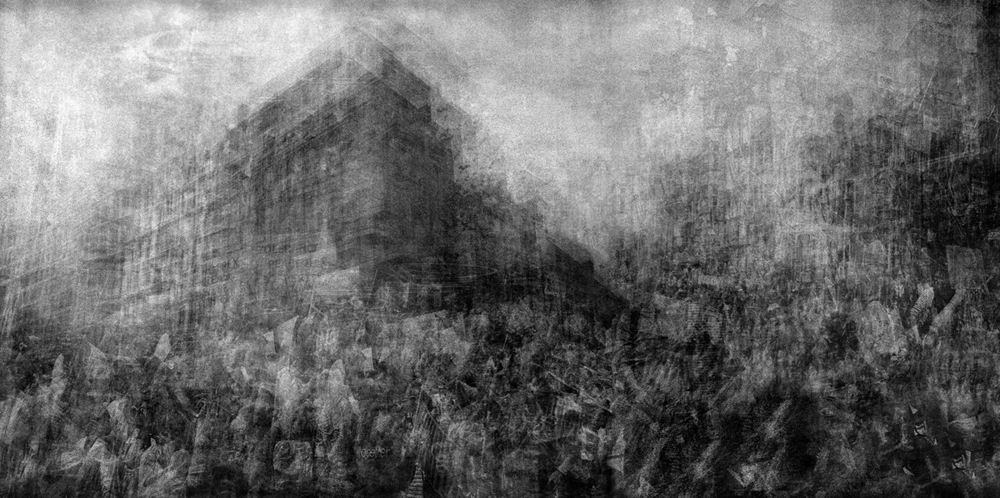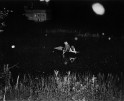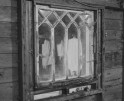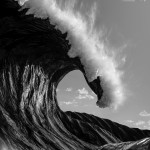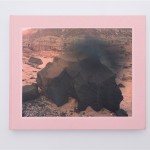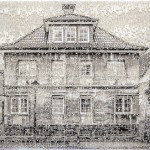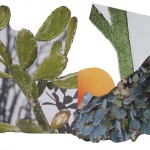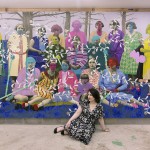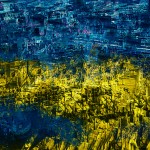James Dean Diamond: Dreaming of Le Gibet
In poetic expression and scientific research, the familiar can appear as strange, challenging our perception in a place between the safety of established knowledge and the daring step into an unknown, the realm of intuition.
A few years ago in London, I had the pleasure of meeting James Dean Diamond, the contemporary British artist whose exploration of a lens-based photographic medium offered an opportunity to debate the notion of movement within the complexity of his sublime, multi-layered works from his project, Dreaming of Le Gibet.
The conversation unfolds, framed by Diamond’s interest in the progress of science and technology leading him to undertake his work as a sequence of analyses and inquiries. Ideas relating to artificial intelligence, Dark Flow, dreams, death, DNA, parallel universes and multi-universes provide a series of conceptual frameworks – these, in addition to underlying philosophical concerns, guide Diamond’s experimental multidisciplinary practice, to construct alternate realities.
Calibrating an emotional resonance through his distinct yet interlinked projects, his work is realized by a deep engagement with the urban environment, where light photons, time, space and material traces are re-imagined into an abstracted visual language.
James will open the exhibition curated by Samia Ashraf, Dreaming of Le Gibet, at the 12 Star Gallery | European Commission Representation in the UK at the Europe House in Westminster, London. There will be a preview of this work on Tuesday 24 April 2018, 6.30pm – 8.30pm and a Gallery opening on Wednesday 25 April – Friday 4 May 2018.
An interest in the progress of science and technology has led me to undertake the work as a sequence of analyses and inquiries. Ideas relating to Artificial Intelligence, Dark Flow, dreams, death, DNA, parallel universes and multi-universes provide a series of conceptual frameworks. The distinct interlinked projects are realised by a deep engagement with the urban environment, where light photons, time, space and material traces are reimagined into an abstracted visual language. Underlying philosophical concerns guide my experimental multidisciplinary practice, to construct alternate realities through the exploration of a lens-based photographic medium, along with composed sound scores. – James Dean Diamond
Dreaming of Le Gibet Curated by Samia Ashraf
‘Dreaming of Le Gibet’ is a magical journey that unravels the mind at sleep. Featuring 26 black-and-white photographic pieces (each 110cm x 55cm), this hallucinatory work by the contemporary British artist James Dean Diamond draws on the music of the French composer Joseph-Maurice Ravel (1875–1937) – in particular, his 1908 piano piece ‘Gaspard de la Nuit’ (‘The Keeper of the Night’). The inspiration lies with the temporal and formal innovations of Ravel’s second movement ‘Le Gibet’, which reveal a ‘nonlinearity, continuity and discontinuity’1, paralleling the obscure nature of dreams.
Using urban environs to illustrate a state of mind, the artwork oscillates between figuration and abstraction. Diamond conceives the work in film, with formal rigour, over a period of five years. Shooting in London and Paris with multiple exposures – up to 200 within a frame – structures, constructions, surfaces, space and scale are overlaid to make a unified composition.
This twilight state – Diamond’s most cinematic – is imbued with an ambiguity within which ethereal figures and unidentifiable buildings merge into an abstracted pictorial language. Alluding to Dante’s Inferno and Francisco de Goya’s etchings, the densely black compositions lure the viewer to a stage engulfed by a metaphysical darkness – a revolutionary crowd stirs to assemble at a medieval public gallows. Other pieces are set amid the resemblance of a nuclear shock wave, where the disintegration of architecture exposes skeletal frames. Diamond’s thoughts are clouded by the plight of ‘the world’s 65 million forcibly displaced people (the most ever recorded)’2 and an unease towards the rise of nationalism.
Diamond’s own dreams have triggered his fascination with the field of oneirology, the scientific study of dreams. Brain-mapping research suggests dreams are contributed to the transference of the short-term memory, a day or a week into a long-term retention. From an unconscious state the brain awakens and permits the semiconscious to observe the collation, slicing and sequence of multiple scenes. Diamond’s visually complex vistas contemplate the uncertainty that pervades these fragmented images – and present a world where ‘time scintillates, and the dream is knowledge’3.
1 Jessie Fillerup, ‘Eternity in Each Moment: Temporal Strategies in Ravel’s “Le Gibet”, ‘A journal of the society for music theory’ (MTO), Vol 19, No 1, March 2013
2 Simon Kuper, ‘The power of a Syrian success story’, ‘The Financial Times Weekend Magazine’, 15/16 April 2017
3 Paul Valéry, ‘Le Cimetière marin’ (The Graveyard by the sea), 1922, An Anthology by James R Lawler, edited by Jackson Mathews, Princeton University Press, 1977
An earlier career as an electronics and mechanical engineer led James Dean Diamond (b 1968) to embark upon a BA Photography at the London College of Communication, and to approach his work with science research. Currently, James is discussing a photographic project based on ideas of mutation with academics from the University of Sussex’s Genome Damage and Stability Centre. For 20 years James’s highly experimental multidisciplinary practice comprises large-scale photographic installations and original composed sound-scores. Shooting extensively across European cities, London, Paris, Zagreb, Athens, Copenhagen, Malmo and Berlin, he constructs alternate realities with an abstract visual language.
James is the recipient of several prestigious awards, including the ‘University of the Arts London Student of the Year’, Kodak prize and a 3-year Polaroid sponsorship for innovation. Artworks feature in exhibitions in Europe and New York, as well as reviews in ‘Crime, Media & Culture’, ‘Art in America’, ‘Contemporary’ and the ‘British Journal of Photography’. Commissioned by many leading clients, such as the Financial Times, How To Spend It, Harpers & Queen, The Telegraph, Levi’s, Selfridges, BMW, to name a few; his work is supported by The British Council and collected worldwide by private individuals.
Posts on Lenscratch may not be reproduced without the permission of the Lenscratch staff and the photographer.
Recommended
-
Earth Week: Hugh Kretschmer: Plastic “Waves”April 24th, 2024
-
ALEXIS MARTINO: The Collapsing Panorama April 4th, 2024
-
Rebecca Sexton Larson: The Reluctant CaregiverFebruary 26th, 2024
-
Interview with Peah Guilmoth: The Search for Beauty and EscapeFebruary 23rd, 2024

